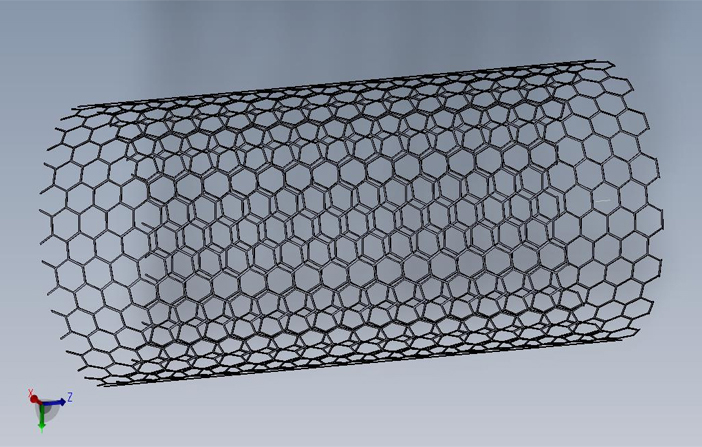
Carbon nanotubes (CNTs) are gaining increasing attention from national strategic initiatives and leading enterprises across industries due to their exceptional mechanical, electrical, and thermal properties. However, high production costs, low yield rates, and technical challenges remain key bottlenecks to industrialization.
According to QYResearch, the global carbon nanotube market reached ¥6.74 billion in 2023 and is projected to exceed ¥66.4 billion by 2030, with an impressive compound annual growth rate (CAGR) of 39.6%. In light of this enormous market opportunity, the key question remains: how can we transition from laboratory research to large-scale industrial production?
Various methods exist for the synthesis of carbon nanotubes, including arc discharge, laser ablation, solid-phase pyrolysis, and chemical vapor deposition (CVD).
Arc Discharge Method
Principle: Carbon atoms reorganize into nanotubes when graphite electrodes vaporize under high-voltage arc discharge in an inert gas (helium/argon).
Advantages: Simple equipment setup; suitable for laboratory research.
Drawbacks: Low purity (requiring post-purification), high energy consumption, limited scalability.
Laser Ablation Method
Principle: High-energy laser pulses bombard a graphite target containing metal catalysts, evaporating carbon atoms, which then condense into nanotubes in an inert gas stream.
Advantages: Produces high-quality single-walled nanotubes (SWNTs) with higher purity than the arc discharge method.
Drawbacks: Expensive equipment, high energy consumption, challenging for large-scale production.
Solid-Phase Pyrolysis Method
Principle: Carbon-containing precursors (e.g., polymers, metal-organic frameworks) decompose at high temperatures, forming nanotubes through confined growth.
Advantages: Enables precise structural control; commonly used for specialty functional materials.
Drawbacks: Low production yield.
Chemical Vapor Deposition (CVD) Method
Principle: Carbon-containing gases (e.g., methane, ethylene) decompose on metal catalysts (Fe, Co, Ni) in a high-temperature reactor, allowing carbon atoms to deposit and form nanotubes.
Product Scope: Capable of producing single-walled (SWNTs) and multi-walled nanotubes (MWNTs) with high purity and structural control.
Advantages: Cost-effective, scalable for industrial production, tunable tube diameter and structure.
Challenges: Catalyst residue removal and precise control over SWNT chirality.
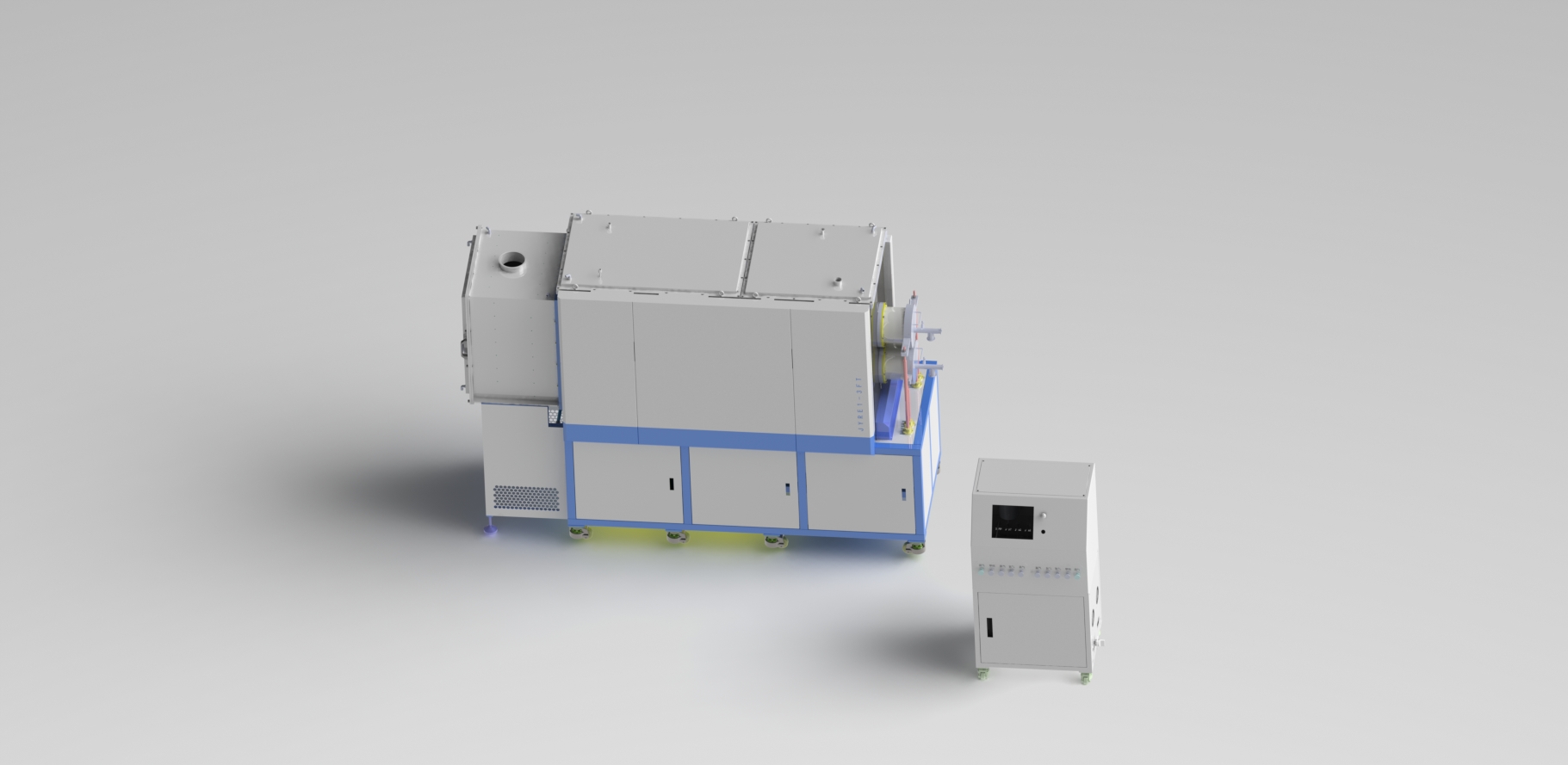
After extensive evaluation of material processing techniques and multiple product iterations, CHJT has strategically focused on the CVD method. By optimizing process parameters and implementing precise temperature field control, we have significantly improved the reliability of SWNT growth, achieving remarkable results in both production capacity and quality control. Our technological advancements have transformed laboratory research into a scalable industrial production solution, marking a critical stage for mass deployment.

Zhonghang Jiayue has developed an advanced fully automated and intelligent production line, significantly enhancing production efficiency and ensuring product consistency.
· Efficiency Gains: Fully automated processes reduce production cycles and minimize human intervention.
· Cost Control: Process optimization and intelligent equipment significantly reduce energy consumption and improve cost structure.
· Stable Temperature Field: The adoption of a floating-bed method enhances temperature control, ensuring high product quality.
· Mass Production Output:
Single-tube configuration: 300g production capacity within 8 hours.
Dual-tube configuration: 600g production capacity within 8 hours.
Successfully implemented in industrial-scale production.
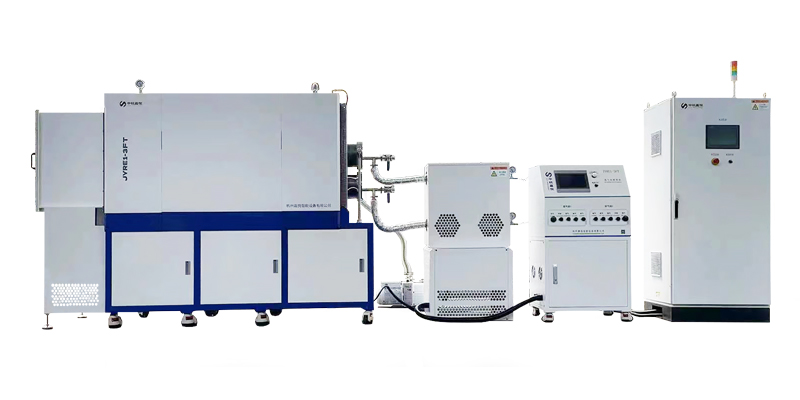
This specialized equipment is designed for the large-scale production of single-walled carbon nanotubes. The system comprises a chamber, collection bin, heating system, electrical control unit, water cooling system, and gas mixing system.
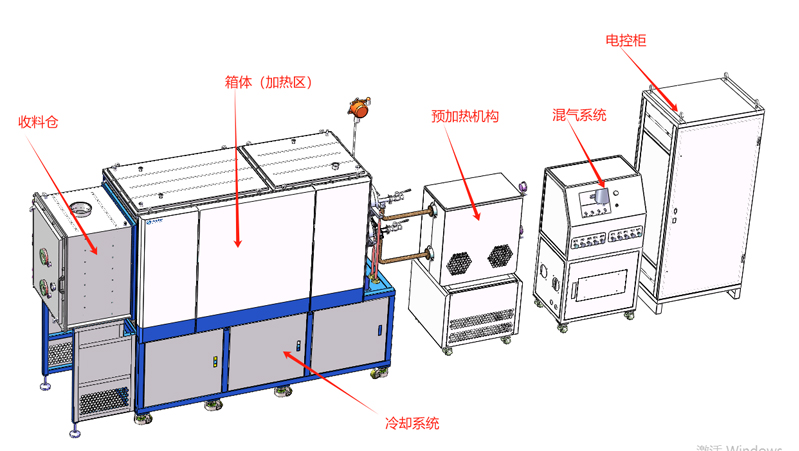
· Innovative Gas Mixing Design: Optimized reaction conditions enable precise process control, boosting efficiency and enhancing product performance.
· High-Efficiency Insulation and Support System: Improves reaction stability and safety.
· Preheated Gas Inlet System: Ensures consistent reaction conditions by heating gases to the optimal temperature before entering the reaction chamber.
· Large-Diameter Furnace Tube: Significantly increases production capacity.
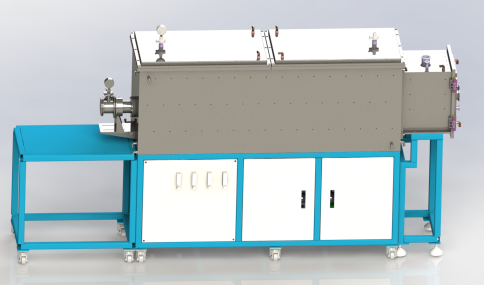
This compact equipment is designed for SWCNT synthesis and research in laboratory environments. The system consists of a chamber, collection bin, heating system, electrical control unit, and water cooling system.
· Compact Design: Smaller footprint reduces space requirements in laboratories.
· Portability and Storage: Easy to transport and store, enhancing research flexibility.
· Scalability and Cost-Effectiveness: Modular design allows for easy upgrades and customization based on research needs.
CHJT remains committed to continuous product optimization and iteration, focusing on increasing production efficiency while ensuring consistent product quality.
The journey from laboratory-scale carbon nanotube synthesis to industrial-scale production is filled with challenges. However, through persistent technological innovation and process optimization, CHJT is leading the charge toward commercialization.
Looking ahead, we will accelerate the automation and intelligence of our production lines, further enhancing efficiency and product consistency. With a global collaborative approach, we aim to expand production capacity and drive the large-scale industrialization of carbon nanotubes. Together with our global partners, we will pioneer a new era for carbon nanotube commercialization, injecting fresh momentum into technological advancement and industrial transformation!



